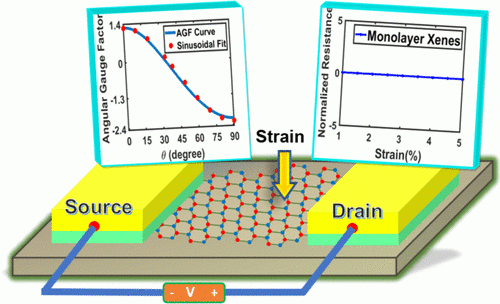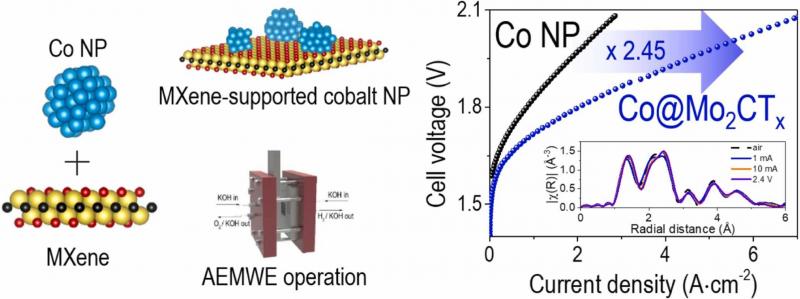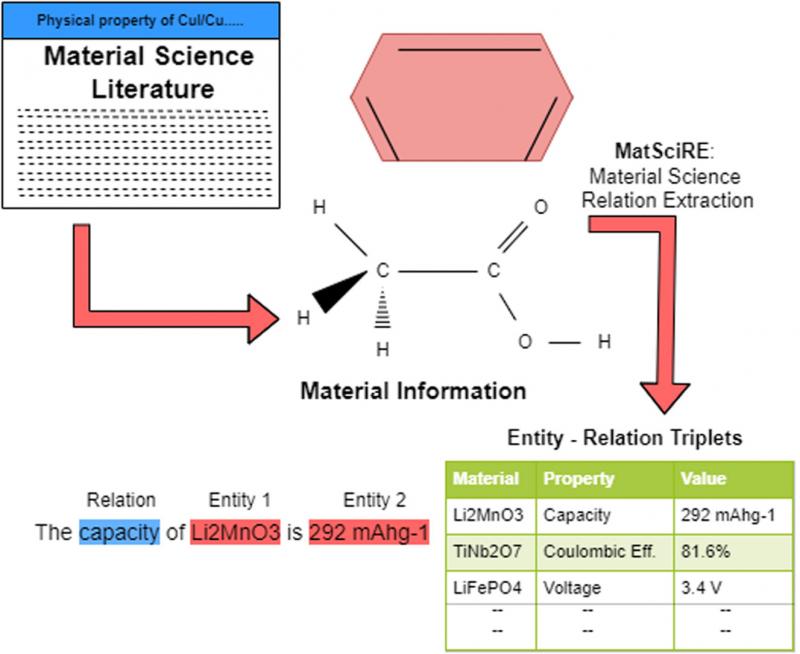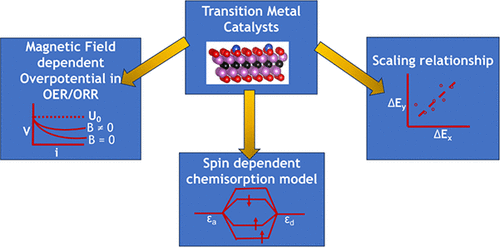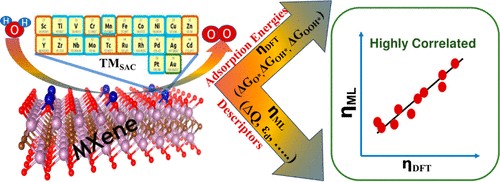Abstract
Density Functional Theory of Straintronics Using the Monolayer-Xene Platform: A Comparative Study
Monolayer silicene is a front runner in the two-dimensional (2D)-Xene family, which also comprises germanene, stanene, and phosphorene, to name a few, due to its compatibility with current silicon fabrication technology. Here, we investigate the utility of 2D-Xenes for straintronics using the ab initio density functional theory (DFT) coupled with quantum transport based on the Landauer formalism. With a rigorous band structure analysis, we show the effect of strain on the K-point and calculate the directional piezoresistances for the buckled Xenes as per their critical strain limit. Further, we compare the relevant gauge factors (GFs) and their sinusoidal dependencies on the transport angle akin to those of silicene and graphene. The strain-insensitive transport angles corresponding to the zero gauge factors for silicene and germanene are 81 and 34° for armchair (AC) and zigzag (ZZ) strains, respectively. As the strain limit is increased to 10% in stanene, there are notable changes in the fundamental parameters, which entail a change in the critical angle along the armchair (69°) and zigzag (34°) directions. The small values of gauge factors can be attributed to their stable Dirac cones and strain-independent valley degeneracies. We also explore conductance modulation, which is quantized in nature and exhibits a variation pattern similar to that of other transport parameters against applied strain. Based on the obtained results, we propose the buckled Xenes as an interconnect in flexible electronics and that they are promising candidates for various applications in straintronics.
